Neoprene is a material that has appeared quite recently. It has many advantages, so it has become widely used for sewing clothes, as well as in industry, medicine, diving and sports.
What is neoprene
Neoprene is a fabric that is also called synthetic rubber. It is produced by foaming rubber. In recent years, it has become widely used in the textile industry. It is combined with polyester, cotton and other materials to make clothes.
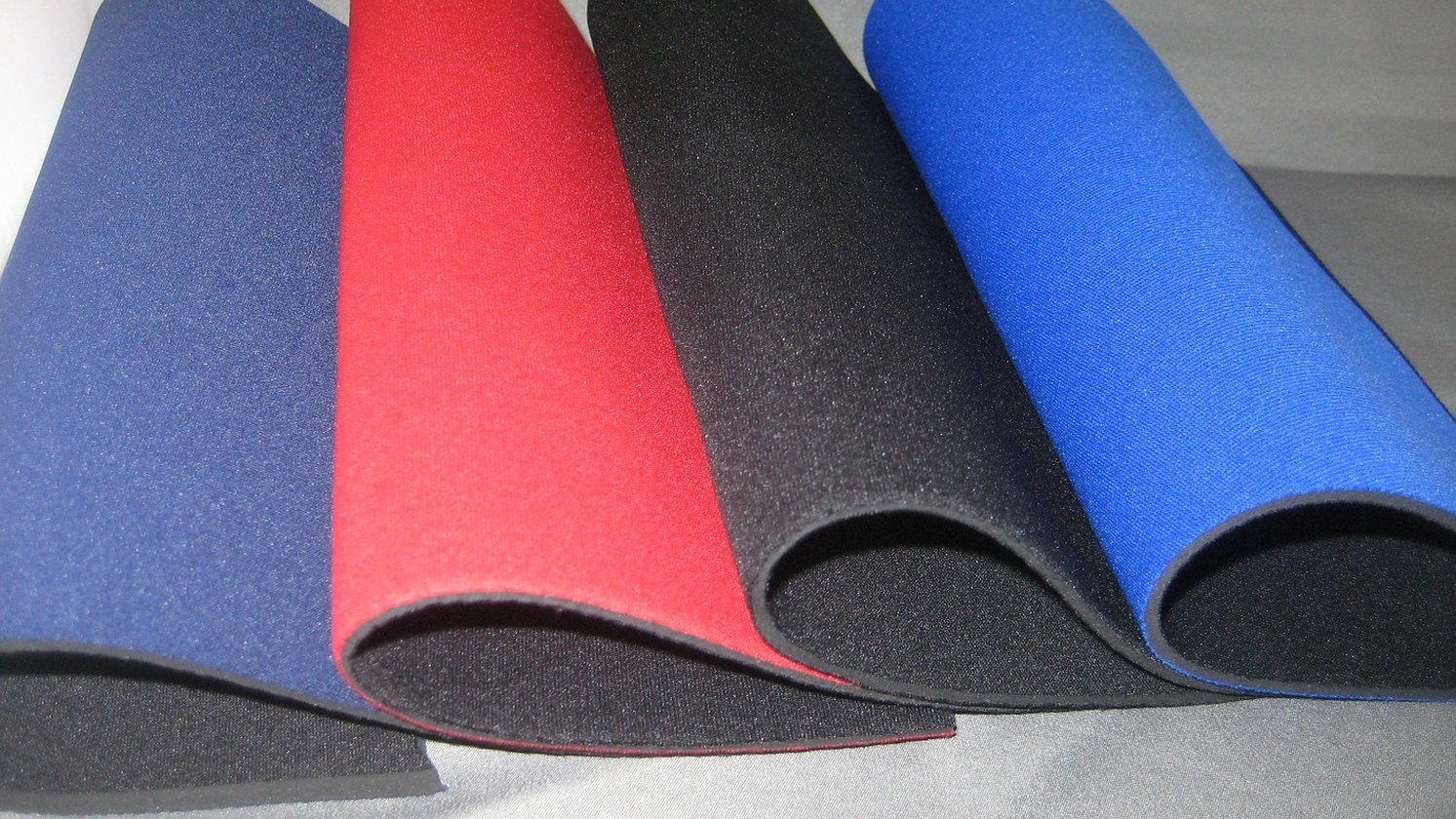
History of appearance
Rubber was first discovered in 1493 in America by C. Columbus. He witnessed Indians playing with a large ball that bounced well off the ground. At the same time, it was heavy and sticky, had the ability to stretch and hold water. Columbus took this material and brought it to his homeland. But in those years, no one even guessed what neoprene was and how valuable it was.

For your information! It was only in 1910 that rubber began to be used in production for the manufacture of tires, shoe soles, hoses and pipes. And in 1930, neoprene fabric was created. It was invented by the DuPont company, which initially gave the material the name Dupren. However, in the 20th century, neoprene was rarely used because of its unpleasant odor.
In 1937, scientists figured out how to change the composition of neoprene to produce a quality product that would not emit unpleasant odors. The material began to be used in the textile industry in 1953.
Composition and method of preparation
According to the description of the structure, the material resembles a honeycomb. It stretches easily, but does not tear. To sew clothes, craftsmen take chloroprene and cover it with fabric, which can be different in color and texture.
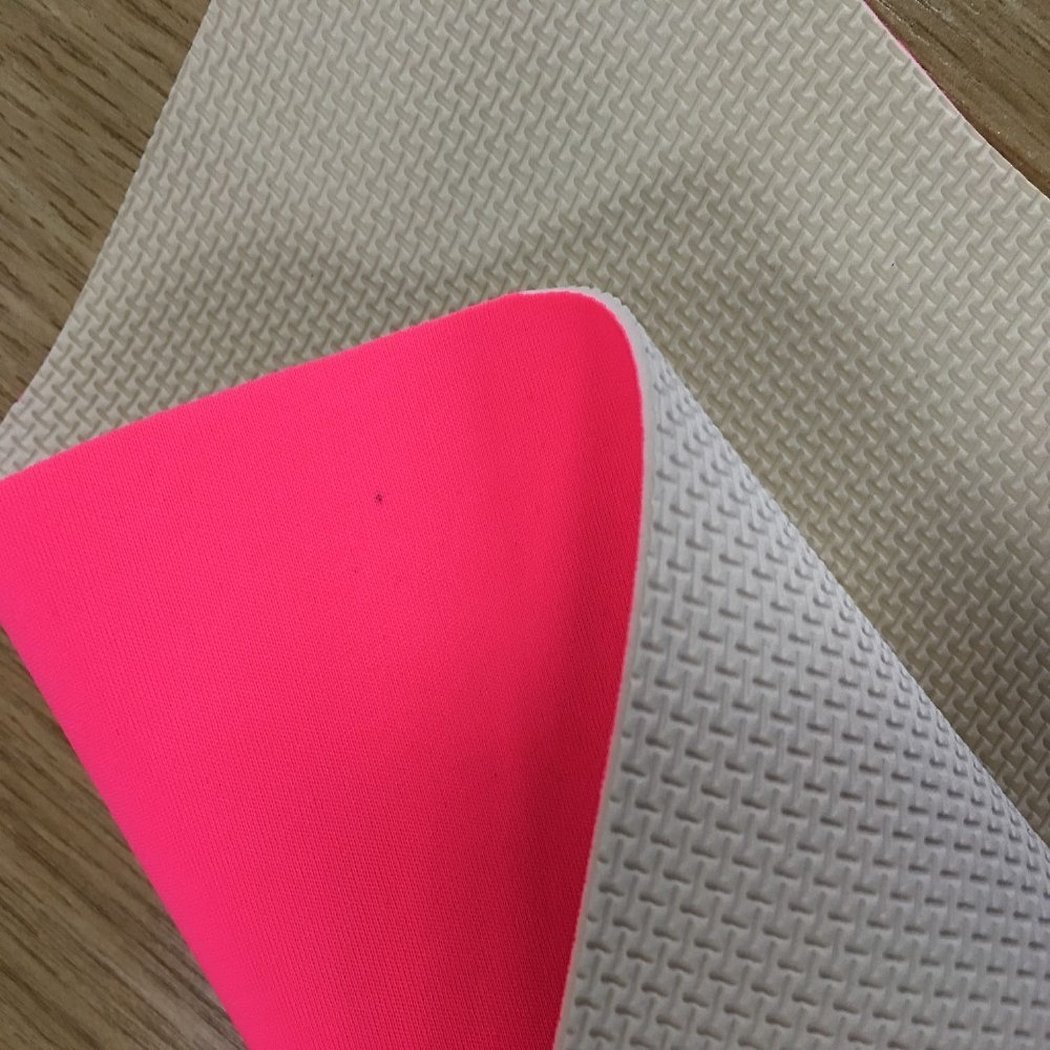
The production of neoprene occurs in several stages:
- The first stage is the preparation of the raw material. It is manually rolled and kneaded until a mass of uniform consistency is obtained.
- Then the synthetic rubber is vulcanized. During this process, the material interacts with the reagent, which increases strength and elasticity, and reduces the degree of swelling and plastic properties. Sulfur, metal oxides, and peroxides act as reagents.
- Vulcanized neoprene is divided into sheets and their surface is treated.
- The final stage is pasting the material with fabric.
Important! The quality of the final product depends on compliance with temperature, pressure and time requirements during production.
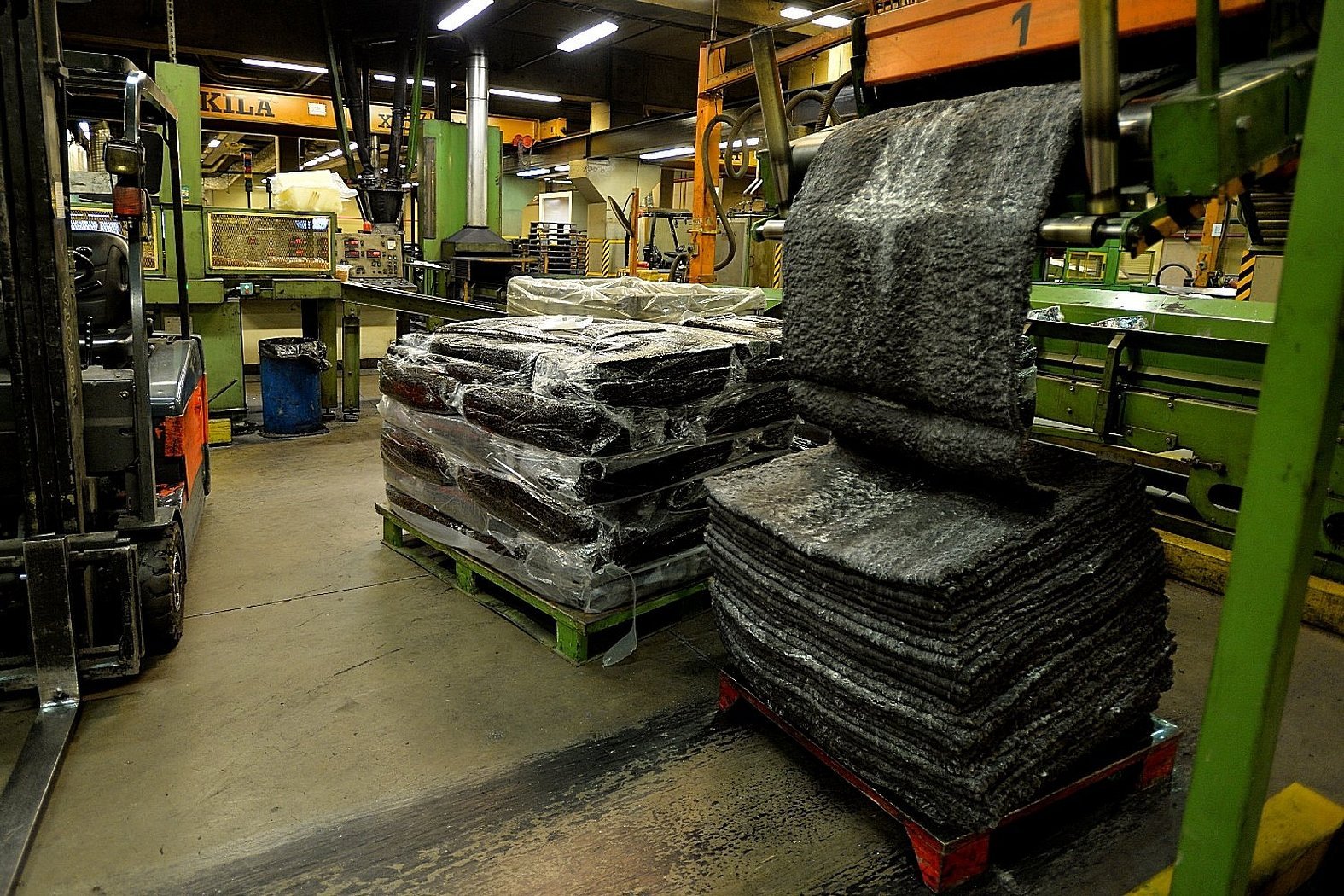
Fabric properties
The properties of neoprene are very unique. It has many advantages. It differs from other materials in its multifunctionality and unique properties.
From a medical point of view, such fabric has a beneficial effect on the human body, but it is not necessary to wear it constantly. When wearing neoprene clothing, blood circulation and metabolism improve, toxins are removed.
Please note! Synthetic rubber is a waterproof material, which is why it is often used for sewing diving suits. It retains heat well. Neoprene products are resistant to high (up to +90°C) and low (up to -55°C) temperatures.
The material comes into contact with chemicals without losing its properties. Clothes made of neoprene fabric protect the owner from various mechanical damages due to the natural strength of rubber.
There is also perforated neoprene. It differs from other types by the presence of holes in it. In a sporting goods store, it may also be called foamed polymer.
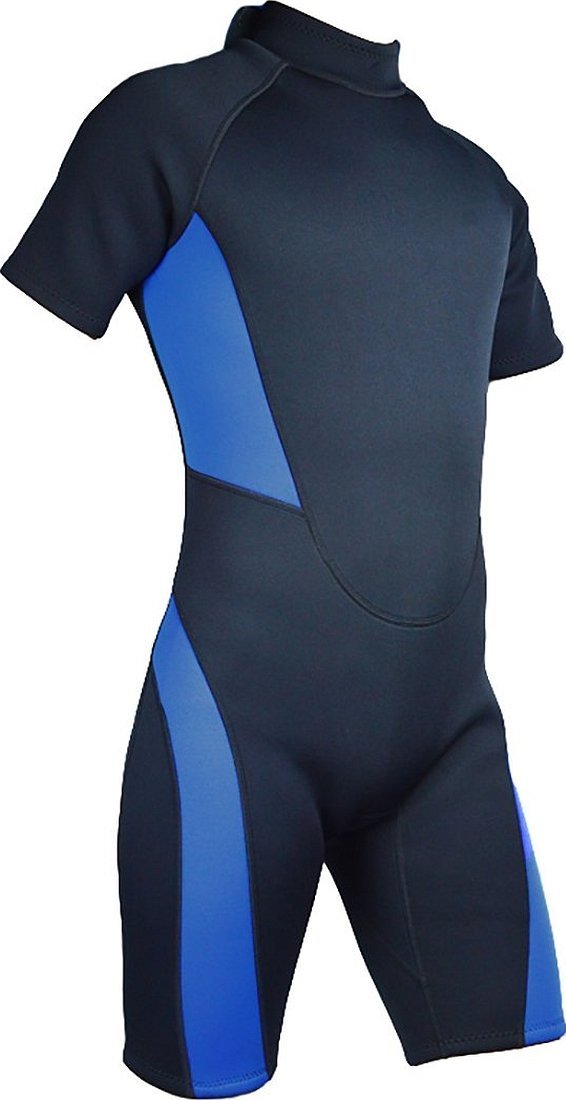
This material is environmentally friendly, harmless, does not cause allergic reactions. It is durable, elastic, and will last for many years if properly cared for. It is fire-resistant and protects against electric current. Neoprene is not affected by fungi.
Classification by purpose
There are six types of fabric, each of which is used to make specific products.
Classification of neoprene by purpose:
- S - elastic, durable fabric used to create wetsuits, belts and bandages;
- LS - has a silky surface, stretches well, and is used to make regular clothing for everyday wear;
- HS - dense, but not elastic fabric, used in the production of sports equipment, as well as tents, raincoats, backpacks;
- HHS is a similarly durable fabric with low flexibility, used to make shoe soles;
- NF - has fire-resistant properties, this fabric is used to make clothing for firefighters;
- W - due to its antibacterial effect, it is used in medicine to create orthopedic shoes and bandages.
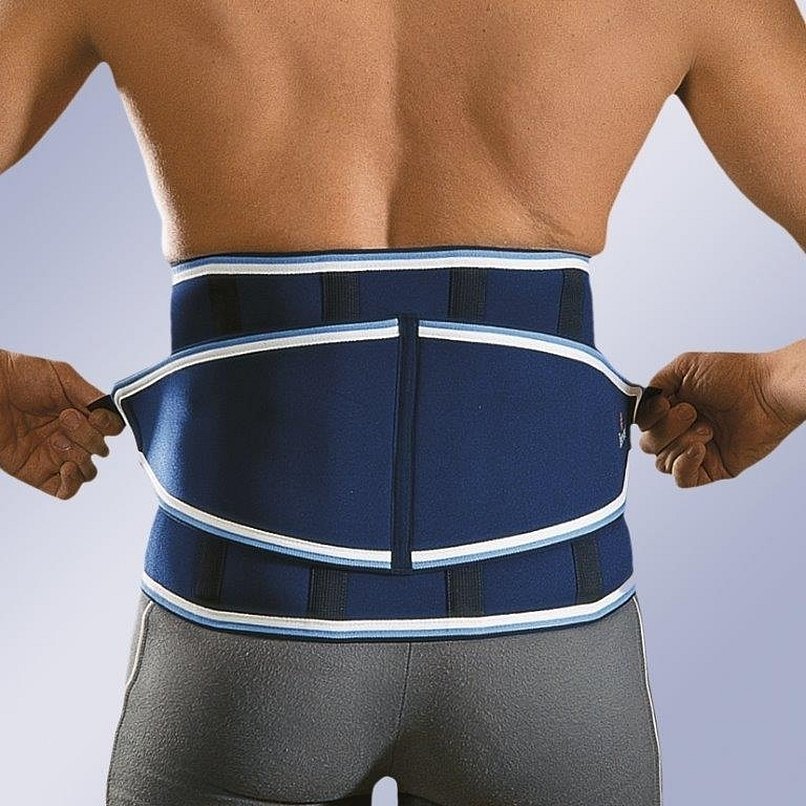
Classification by density
There are three degrees of neoprene density: low, medium and high. It depends on how porous the structure is, that is, the more bubbles, the lower the density.
Low-density fabric is characterized by softness and ductility. Sportswear is made from it. The disadvantage is the fragility of the material. With constant wearing, such clothes quickly deteriorate.
Medium-density neoprene will last longer, but it is not as soft and comfortable to use. This material is used to make firefighter clothing and wetsuits.
High density is characterized by rigidity. It is difficult to move in clothes made of such fabric, so it is used for sewing diving suits.
Advantages of neoprene clothing
Synthetic rubber clothing is often used for everyday wear due to its many advantages. This fabric holds its shape well.

For many people, an important factor in choosing clothes is how much they wrinkle. Neoprene is a non-wrinkling material, it does not require constant ironing. Because of this, people often choose clothes made of this material. Synthetic rubber is an environmentally friendly raw material. Clothes made of it do not cause allergies.
Important! If you sew a neoprene raincoat, you can easily wear it in rainy weather. This material is waterproof.
Care of neoprene products
Despite many advantages, the material also has disadvantages. It is difficult to care for. And if you do not follow the operating rules, it will quickly become unusable. Particular attention should be paid to washing the neoprene product.
How to Wash Neoprene Clothes
The fabric can be washed in water at room temperature with a weak soap solution.
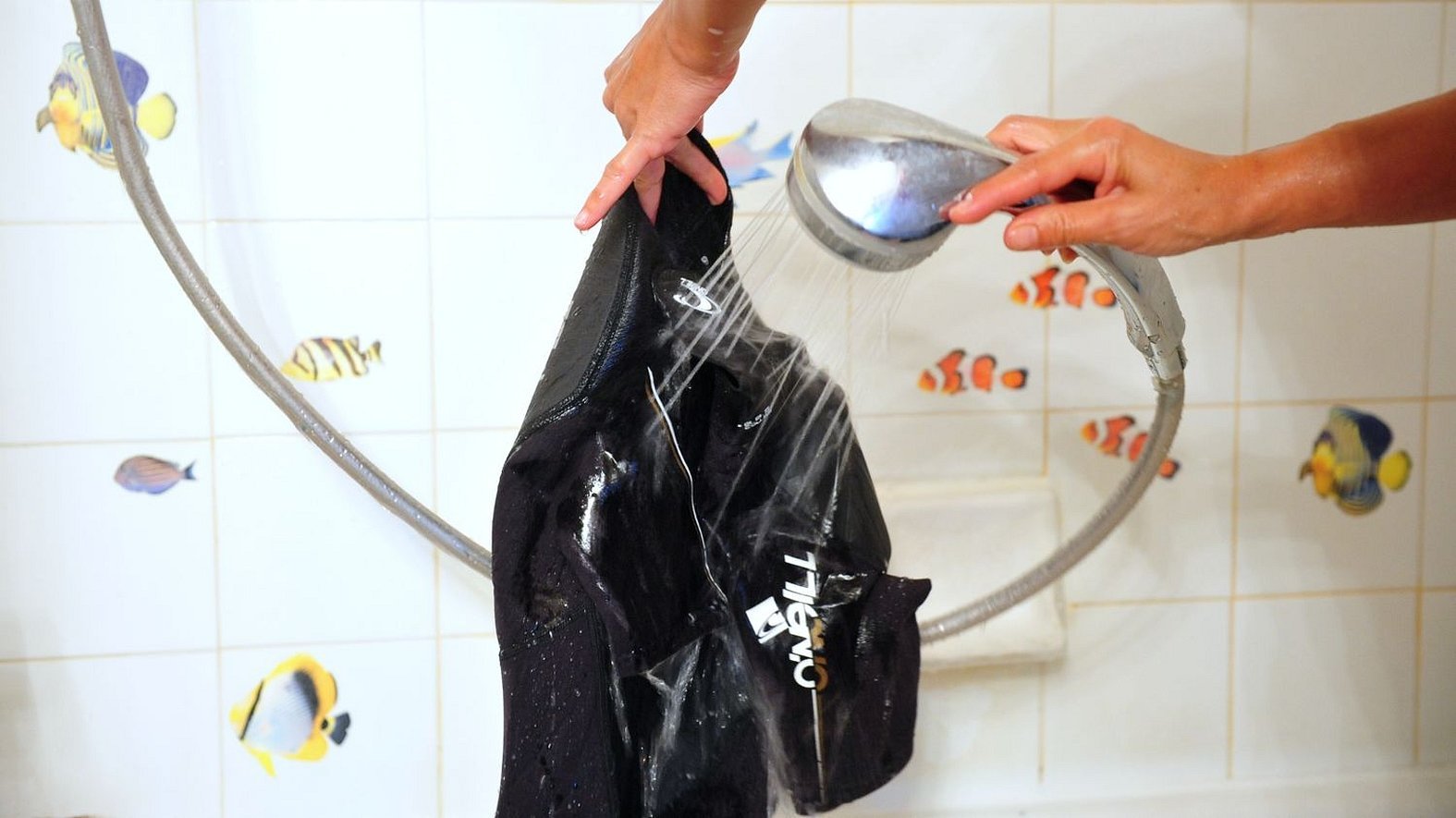
The water temperature should be above 30°C. Wash both sides, because neoprene does not allow liquid to pass through.
Forbidden:
- use chemical detergents, powders, bleaches;
- wring out clothes;
- Machine wash, hand wash only;
- use an iron;
- place wet items in the sun.
It is better to use the services of a dry cleaner who knows how to properly wash neoprene clothing.
Pros and cons of fabric
Neoprene material has many advantages, but also disadvantages. It is suitable for occasional wear for adults and children. Such clothes do not cause allergic reactions, do not get wet in the rain, do not wrinkle. There is a large assortment of goods made of neoprene, plastic and plastic in stores.

However, neoprene products should not be worn constantly, as they can cause harm. The material must be well looked after so that it lasts longer.
Please note! If you spill orange juice on your clothes, the structure of the fabric will be damaged and a hole may appear.
The cost of sewing such items to order is high, and when buying in a store, manufacturers usually save money and make low-quality clothing. The price for 1 m of material is about 400 rubles*.
Another disadvantage of neoprene is its inability to let air through, so in the summer the body will not be able to breathe and the person will be hot.
Neoprene Clothing Reviews
Reviews of neoprene online are mostly positive.

Valentina, 19 years old, Samara
"When I heard the word "neoprene", I had no idea what kind of material it was. I recently bought myself a neoprene dress. I'm delighted! It fits very comfortably. The fabric is soft and wrinkle-free. This is important to me, considering that I don't like to iron. The only drawback is that it's a bit hot in it, despite the fact that it's for summer."
Daria, 34 years old, Moscow
"I didn't know neoprene and what kind of material it is for clothes before. And, frankly, I expected better from the purchase. There are too many nuances in caring for it. And my neoprene skirt quickly got scuffed. Apparently, the manufacturer saved on materials. I'm not very happy."
Tatyana, 54 years old, Volgograd
"I recently bought a neoprene lumbar support at a drugstore. I am happy with everything. I put it on every day and walk around in it for half a day. Even my lower back began to hurt less."
Neoprene has become frequently used for sewing clothes, manufacturing tires, pipes and other products. This rubber is reliable, safe and comfortable, which, if the rules for caring for it are followed, will perform its functions for a long time.
*Prices are valid as of June 2019.




